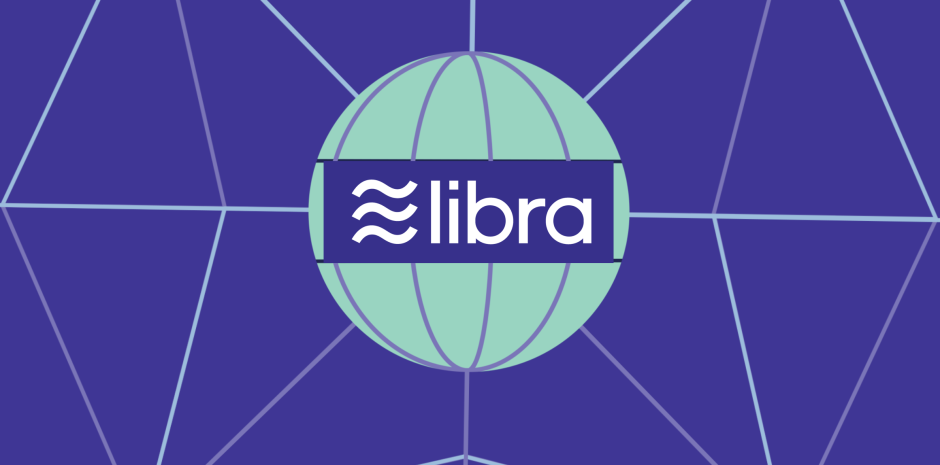How Facebook’s cryptocurrency Libra works
Two days after last week’s article in this column was published, Bitcoin received a boost by being worth over $13,000, compared to the exchange rate of $11,000 that I reported. Though the rate two days ago was approximately $11,500, it is still evident that Bitcoin is being helped by Facebook’s launch of the cryptocurrency Libra, […]

Facebook’s cryptocurrency, Libra.
Two days after last week’s article in this column was published, Bitcoin received a boost by being worth over $13,000, compared to the exchange rate of $11,000 that I reported. Though the rate two days ago was approximately $11,500, it is still evident that Bitcoin is being helped by Facebook’s launch of the cryptocurrency Libra, as this event seems to boost people’s confidence in Bitcoin. I will go into some details of Libra in today’s article.
Perhaps because of Facebook’s tarnished image resulting from an apparent inability to secure the data of its users, the company has (wisely) instituted the Libra Association (LA), to consist of “eminent” businesses who will help direct the affairs of Libra and spur its adoption. (These entities are analogous to initial stockholders.) The 28 founding members of LA include major companies in the payment industry (MasterCard, PayPal, Stripe, Visa), Technology (eBay, Lyft, Spotify AB, Uber Technologies, Inc.), Blockchain (Anchorage, Coinbase), and Venture Capital (Andressen Horowitz, Union Square Ventures). Facebook is reportedly aiming for 100 LA members eventually. The association will be made up of any business, including Facebook’s competitors like Google, who meets the requirements for membership – which include paying a minimum of $10 million – as well as having half a rack of server space, a 100 megabits per second (Mbps) of dedicated Internet connection, and dedicated Internet security personnel. The Headquarters of LA is in Geneva, Switzerland, because of the country’s neutral status and its strong support for financial innovations such as the blockchain technology.
Every member of LA has only 1 vote or 1% of the total vote, whichever is larger. (Remember that there will be 100 members in the LA.) According to Techcrunch.com’s Josh Constine, this policy serves to decentralize the LA in a manner that protects Facebook, and prevents any player hijacking Libra for its selfish own gain. By avoiding sole ownership and dominion over Libra, Facebook could avoid extra scrutiny from regulators.
Given the rather erratic fluctuations in the value of Bitcoin, the stability of Libra will be on everyone’s mind. Libra’s value is expected to be tied to the values of the world’s most stable currencies – dollar, euro, pound, and the yen. Constine states that, “the Libra Association maintains this basket of assets and can change the balance of its composition if necessary to offset major price fluctuations in any one foreign currency so that the value of Libra stays consistent.” The value of Libra is expected to be close to that of the dollar, which represents a stack difference from Bitcoin. This way, practically speaking, you will be able to trade in your local currency for Libra.
In the manner that Libra is meant to work, there will always be 100 percent of the value of the currency in circulation. This is because “each time someone cashes in a dollar or their respective local currency, that money goes into the Libra Reserve and an equivalent value of Libra is minted and doled out to that person.” If someone should cash out from Libra, “the Libra they give back is destroyed/burned and they receive the equivalent value in their local currency back.”
There are incentives for LA members. When they join and pay their minimum $10 million, they receive Libra Investment Tokens. “Their share of the total tokens translates into the proportion of the dividend they earn off of interest on assets in the reserve.” The dividends are “paid out after Libra Association uses interest to pay for operating expenses, investments in the ecosystem, engineering research and grants to nonprofits and other organizations.” The LA members are attracted partially because of the interest they receive, since if the currency becomes popular and many people carry a large balance of the currency, the reserve will grow huge and earn significant interest to the LA members.
The Libra Blockchain (LB) is being planned to execute astronomically fast; to handle 1000 transactions per second, which should be contrasted with Bitcoin’s 7 and Ethereum’s 15. The LB is operated and constantly verified by the (28) founding members of LA, who invest $10 million for a say in the governance and the ability to operate a computer node that can validate transactions. Reminiscent of the Bitcoin minting process, “when a transaction is submitted, each of the nodes runs a calculation based on the existing ledger of all transactions.” The LB scheme used requires only two-thirds of the nodes to come to the consensus that a transaction is legitimate and fit to be written to the blockchain. To meet the speed and (transaction) data requirements of LB, a computer node must have at a minimum 40Mbps connections and 16TB (terabytes) SSD hard drives to handle 1000 transactions per second. (SSD stands for “Solid State Drives.”)
Note that transactions on Libra are irreversible and you pay a little for them. There are some checks and balances, including procedures against hacking. The fee, which is very tiny for most customers, will become unbearable for “bad actors” who try to create millions of fake transactions to initiate spam and denial-of-service attacks. Risks exist, of course, including at the level of the LB’s Move programming language, which is currently being planned to be open source.
